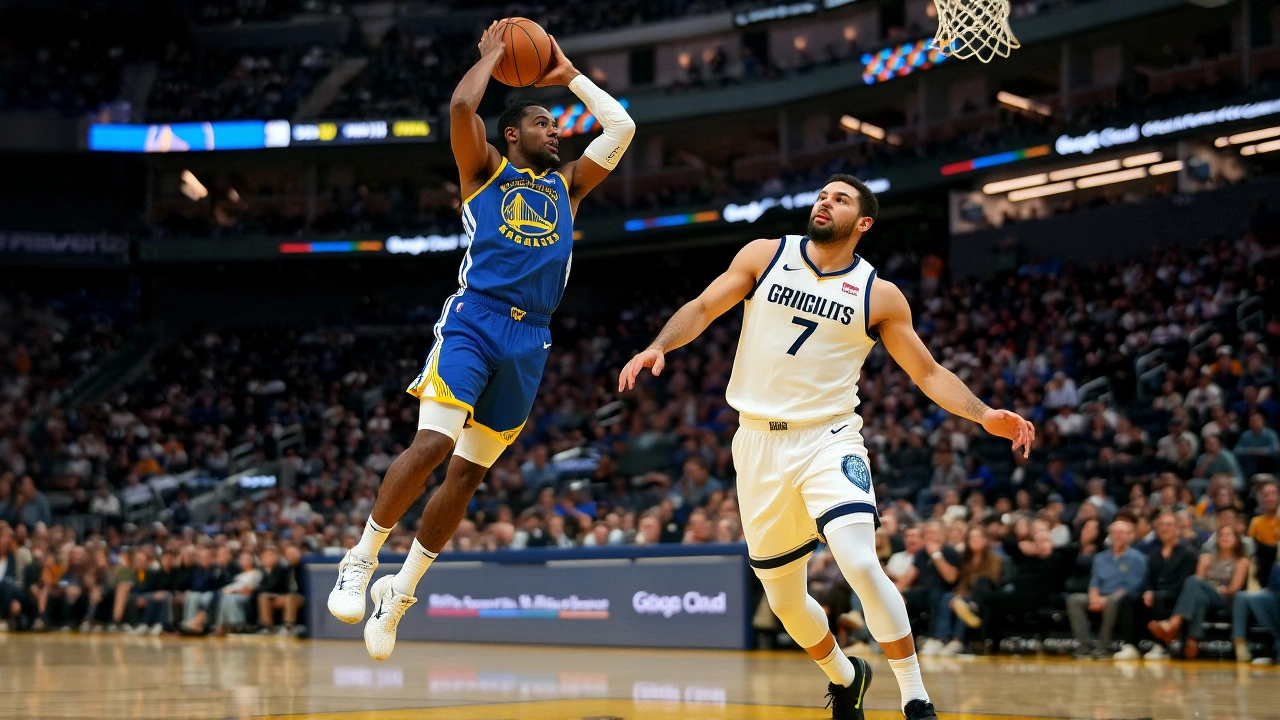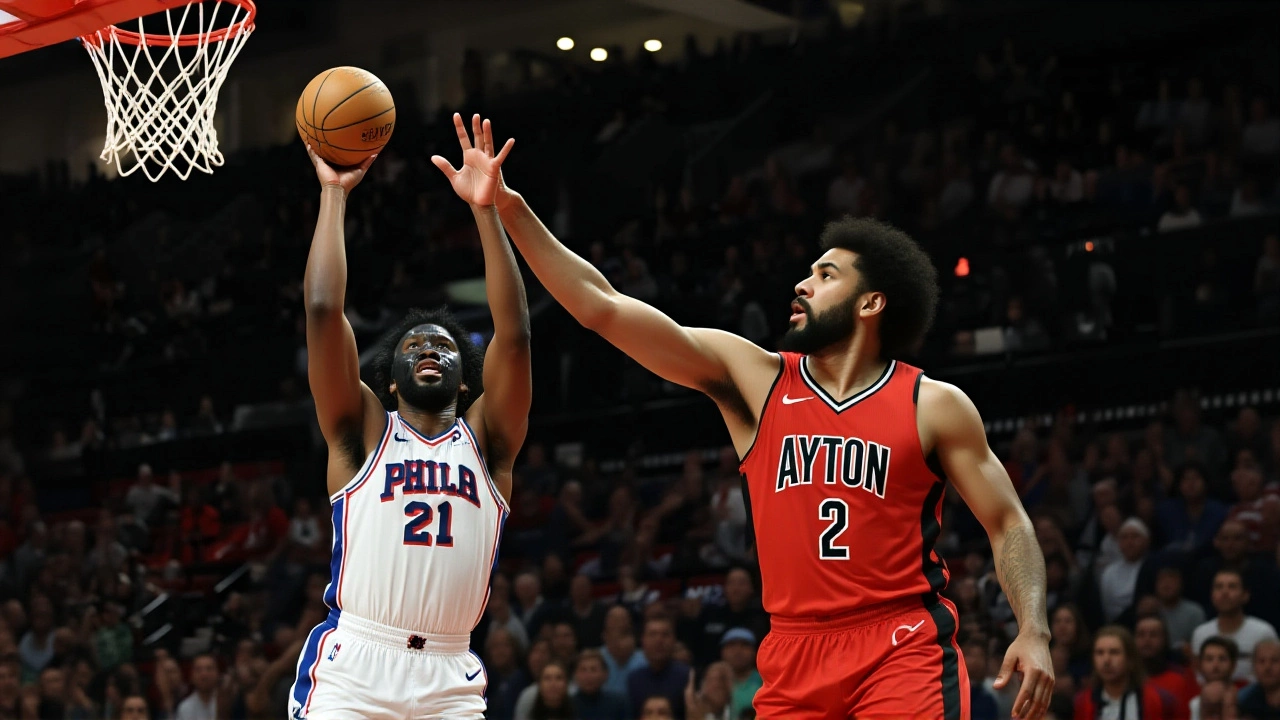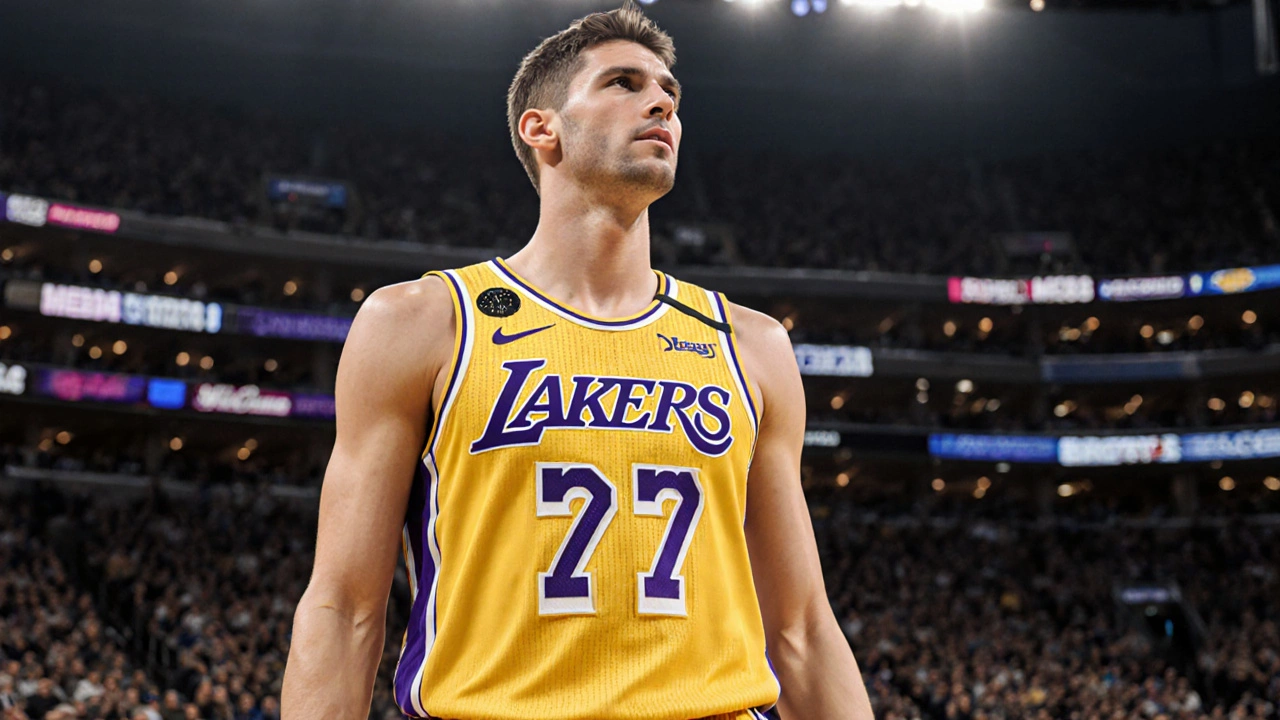When Luka Dončić went down in the third quarter of the Los Angeles Lakers’ game against the Minnesota Timberwolves on Friday, October 25, 2025, at Minneapolis’s Target Center, the arena fell silent. Not because of a loud foul or a buzzer-beater—but because everyone knew what it meant: the engine of the Lakers’ offense had sputtered. The 26-year-old Slovenian phenom, wearing jersey No. 77, collided with Jaden McDaniels while driving to the basket, landing awkwardly after 0.8 seconds of airborne contact. By the time he limped off at 6:47 left in the period, the damage was already clear: a Grade 2 sprain in his right index finger and a deep quadriceps contusion on his left leg. The Lakers didn’t just lose a player—they lost their best hope of climbing out of the Western Conference middle tier.
Medical Breakdown: Two Injuries, One Night
At the Mayo Clinic Sports Medicine Center in Rochester, Minnesota, team physicians Dr. Joshua Hackel and Dr. Christine Engber confirmed what fans feared. The finger sprain involved a 40% tear of the ligament—significant, but not structural. The leg contusion? An 8cm by 5cm hematoma, swollen but not deep enough to threaten muscle integrity. No surgery. No fractures. Just pain, swelling, and a long list of rehab steps.
What followed was a precision recovery plan. Daily ultrasound therapy. Cryotherapy sessions at -110°C for three-minute bursts. NormaTec compression boots pulsing at 30 mmHg, twice a day, in the Lakers’ El Segundo facility. Strength work built up slowly—75% load capacity first, then 90%, then full. And then, the final gate: the BioMotion assessment system. It doesn’t just check range of motion. It scans 217 biomechanical data points at 1,000Hz, measuring everything from foot pressure distribution to wrist torque during shooting motion. Dončić must pass this with flying colors—or he sits.
Why This Matters More Than Just Stats
When Dončić missed the next two games—against the Denver Nuggets on October 26 and the Golden State Warriors on October 27—the Lakers didn’t just lose. They regressed. Their offensive rating, which had led the league at 118.7 when he was on the floor, plummeted to 106.4. They scored 12.3 fewer points per game. Their field goal percentage dropped 8.7%. Those aren’t random fluctuations. They’re the difference between playoff seeding and lottery luck.
Dončić averages 29.3 points, 9.1 assists, and 8.7 rebounds per game. He’s the only player in the NBA this season who consistently creates his own shot, draws double teams, and still finds open teammates. Without him, the Lakers look like a team trying to run a V8 engine on four cylinders. Their 7-6 record? That’s not a fluke. It’s a reflection of how much they lean on him.

The Return Timeline: Next Week, But Not Without Conditions
“Luka Dončić will be back on the court next week after multiple injuries,” said Los Angeles Lakers General Manager Rob Pelinka during a Monday, October 28 press briefing at Crypto.com Arena. He didn’t say “probably.” He didn’t say “if.” He said “will.” And he meant it.
“Next week” means the road trip starting Monday, November 4, 2025, in Portland against the Trail Blazers. That’s the target. But here’s the catch: Dončić must complete three consecutive pain-free full-intensity practices. He must clear a cardiovascular stress test at 180 BPM for 20 minutes. And he must demonstrate 95% functional mobility in his finger—meaning he can grip, dribble, and shoot without hesitation.
“He’s ahead of schedule,” said Head Athletic Trainer Stacy Lund, who has a 94.6% return-to-play success rate for Grade 2 sprains since 2020. “But Luka’s not the type to rush. He knows what’s at stake.”
What the Experts Are Saying
Basketball Sphere’s David Yapkowitz noted on October 28: “The timeline is aggressive, but not unrealistic. Dončić’s recovery protocol is elite, and his mental toughness is off the charts.” Meanwhile, TalkBasket.net’s Eurohoops Team confirmed the same window, citing daily treatment logs from insiders familiar with the Lakers’ medical team.
Even Minnesota’s Head Coach Chris Finch, who was on the other side of the collision, offered a rare moment of sportsmanship: “Contact was incidental but impactful. He landed the wrong way. We didn’t mean for it to happen like that.”

What’s Next for the Lakers?
If Dončić returns on November 4, it’ll be his first game since October 20. That’s 15 days out—just inside the projected 7–10 day window, but extended for caution. The Lakers have 58 games left. They’re currently fourth in the West. A healthy Dončić pushes them into the top two. A delayed return? That’s a gamble with playoff positioning.
And let’s not forget: this is his seventh NBA season. He’s never missed more than three games in a row. The streak ends now. But the Lakers are betting everything—$490 million in franchise value, Jeanie Buss’s vision, and the loyalty of 20 million fans—that he’ll be back, sharper than ever.
Frequently Asked Questions
How serious is Luka Dončić’s finger sprain?
The sprain is Grade 2, meaning a 40% tear of the ligament in his right index finger. It’s painful and affects grip strength, but it’s not a fracture or a complete tear. No surgery is needed. Recovery relies on controlled mobility and strength rebuilding, not healing time alone. The BioMotion system will verify if his shooting mechanics are fully restored before clearance.
Why is the Lakers’ BioMotion system so important for his return?
The BioMotion system analyzes 217 biomechanical data points at 1,000Hz—tracking everything from wrist flexion during jump shots to foot pressure shifts during crossovers. For a player like Dončić, who relies on split-second adjustments, even a 2% deviation in motion can mean missed shots or increased injury risk. Passing this test isn’t just about pain—it’s about performance safety.
What impact has Dončić’s absence had on the Lakers’ standings?
In the two games Dončić missed, the Lakers’ offensive rating dropped from 118.7 to 106.4, and they scored 12.3 fewer points per game. Their field goal percentage fell 8.7%. They’re currently 7-6 and fourth in the Western Conference—right on the playoff bubble. Without him, they’re vulnerable to teams like the Suns and Kings. His return could be the difference between a top-4 seed and a play-in tournament.
Is this the first time Dončić has missed games due to injury?
Yes. Across his first six NBA seasons, Dončić played in 94.3% of all regular-season games. He’s missed only 12 games total since entering the league in 2018. This marks his first multi-game absence since his rookie year, making his return timeline even more critical for the Lakers’ championship hopes in the 2025-26 season.
What’s the likelihood he plays on November 4 against the Trail Blazers?
Based on current progress and official statements, the likelihood is high—around 85%. The Lakers’ medical team has a flawless record with similar injuries, and Dončić is responding faster than expected. But if he doesn’t clear the BioMotion test by November 2, they’ll push his return to the next game in Utah on November 6. They won’t risk a setback.
How does this injury compare to past NBA star injuries?
It’s similar to Stephen Curry’s 2020 finger sprain, which kept him out 10 days before he returned with full production. But unlike Curry, Dončić carries more offensive load. His injury is more complex—two simultaneous issues—yet the recovery protocol is more advanced. Teams now use cryotherapy, NormaTec, and AI-driven biomechanics that simply didn’t exist a decade ago. That’s why his timeline is tighter than historical norms.
